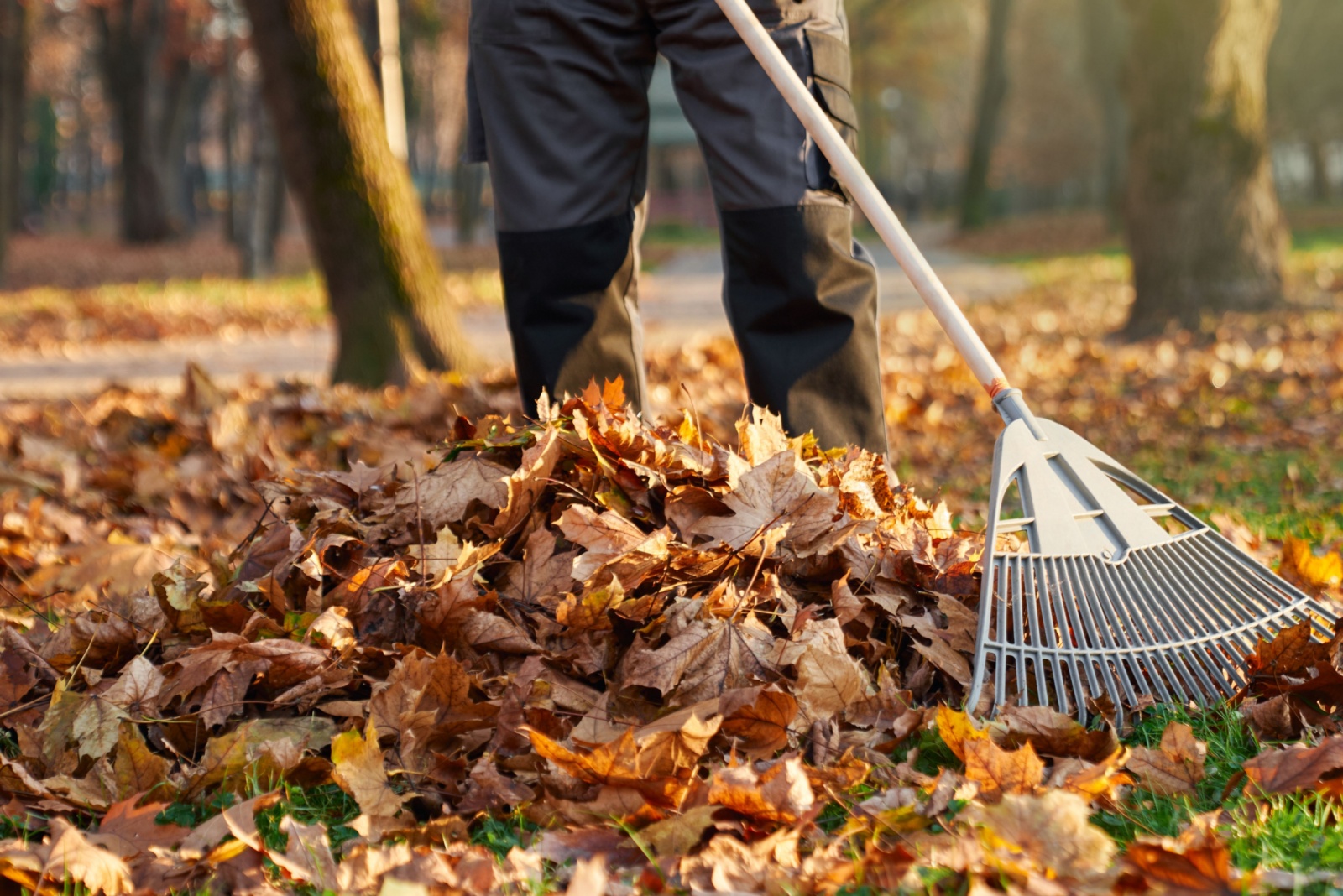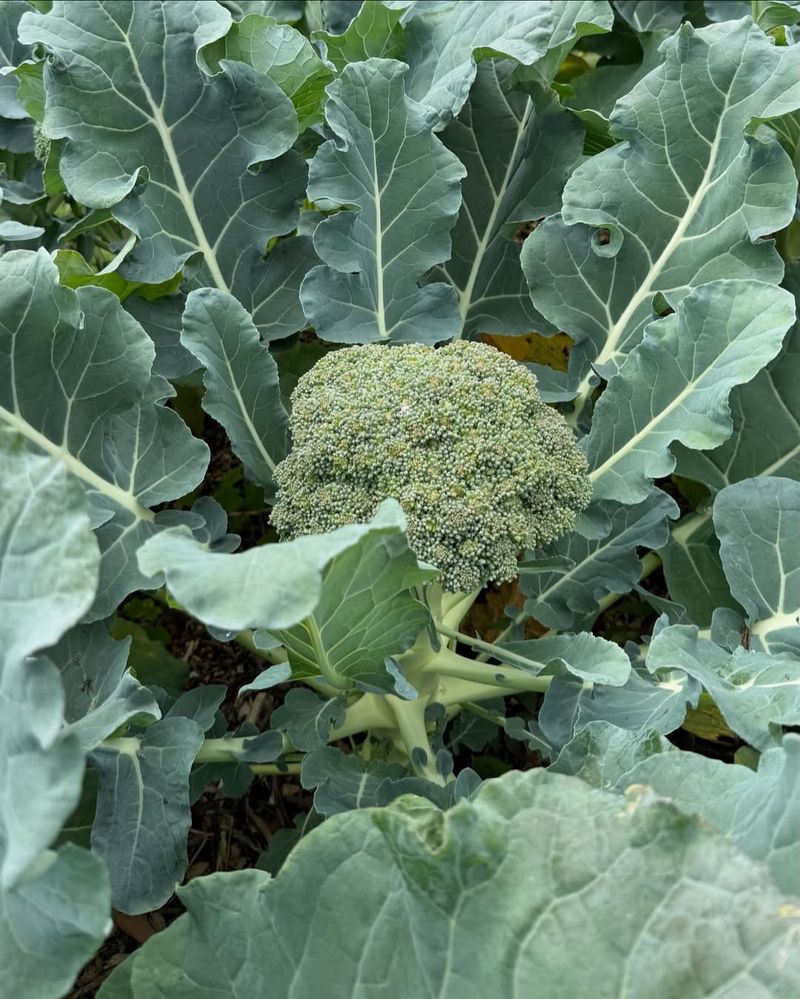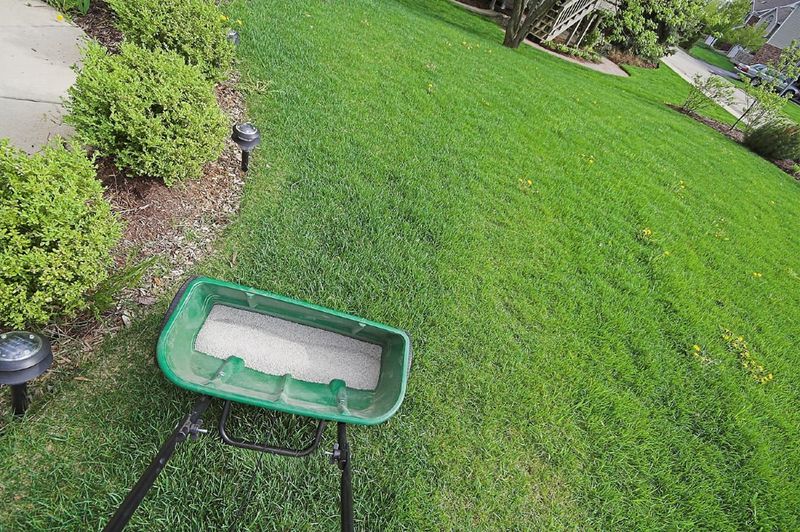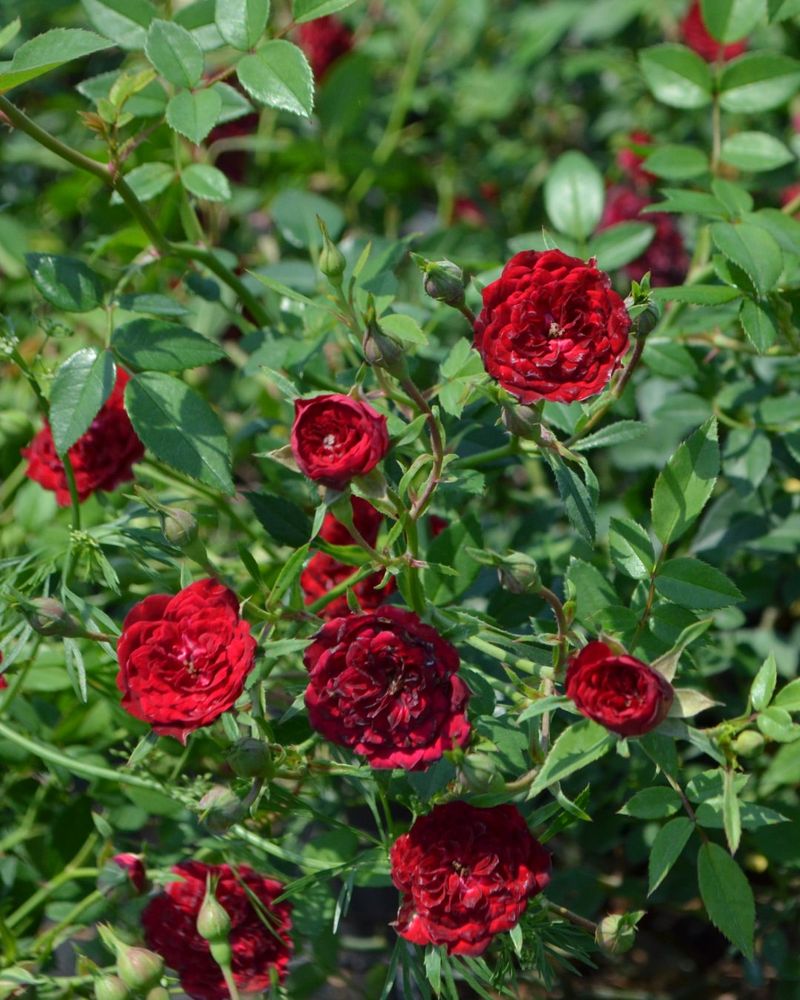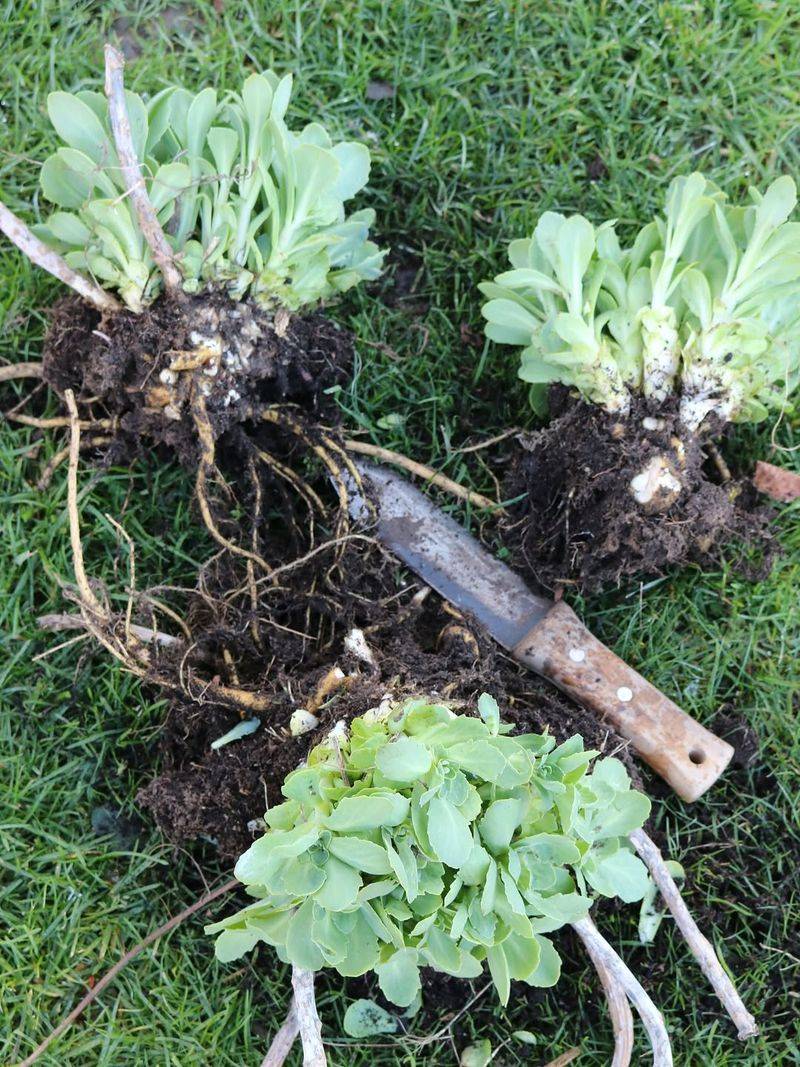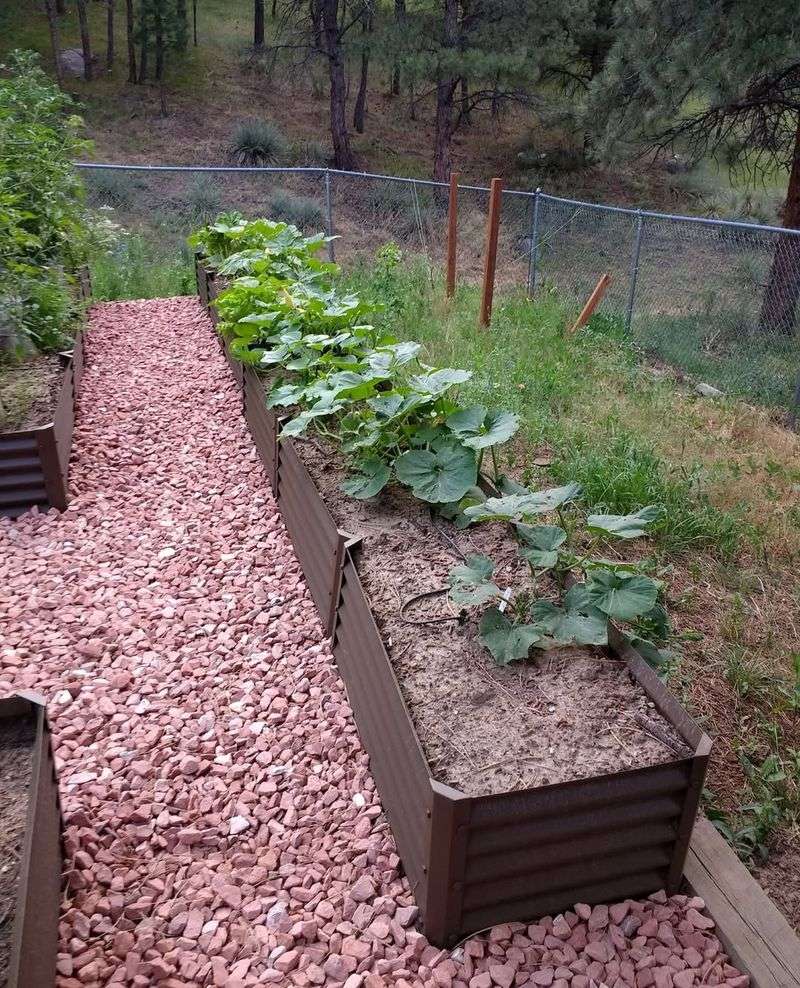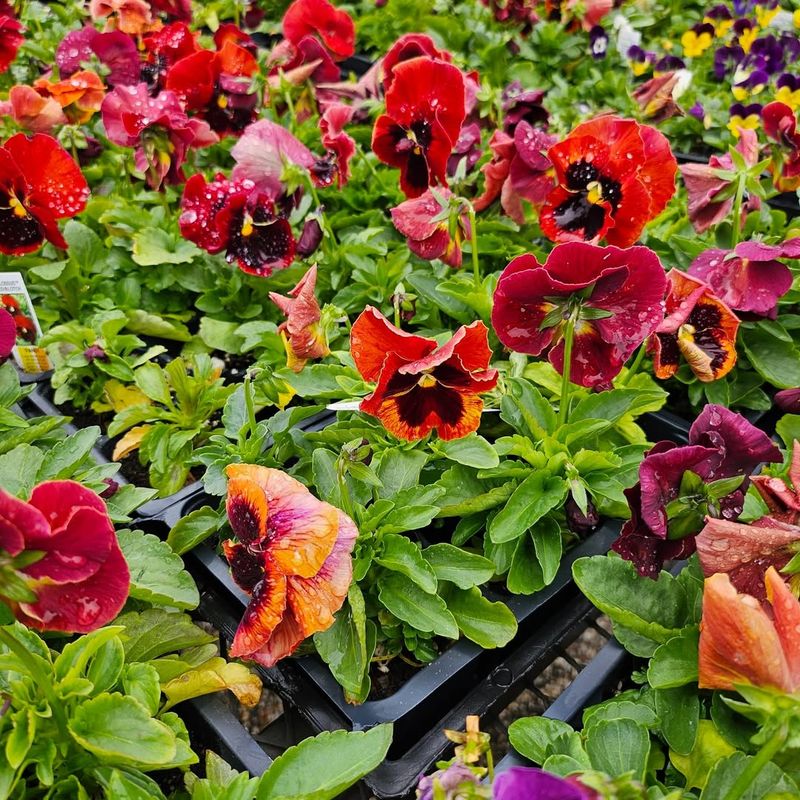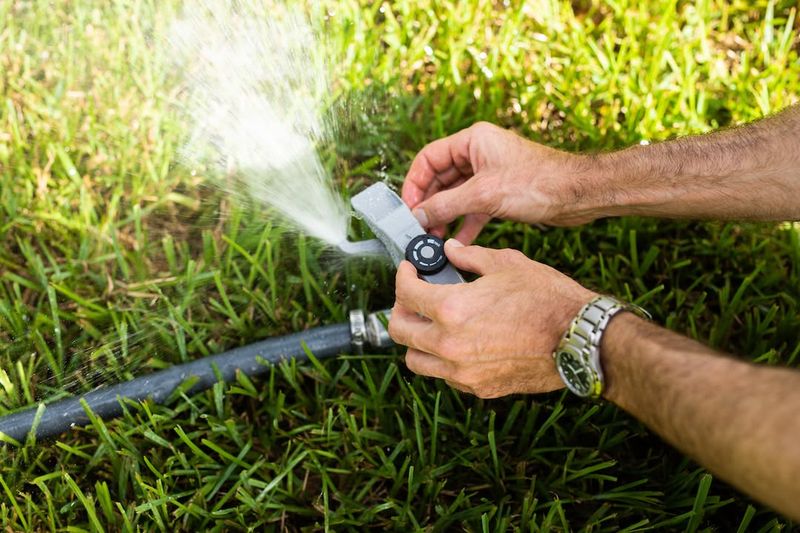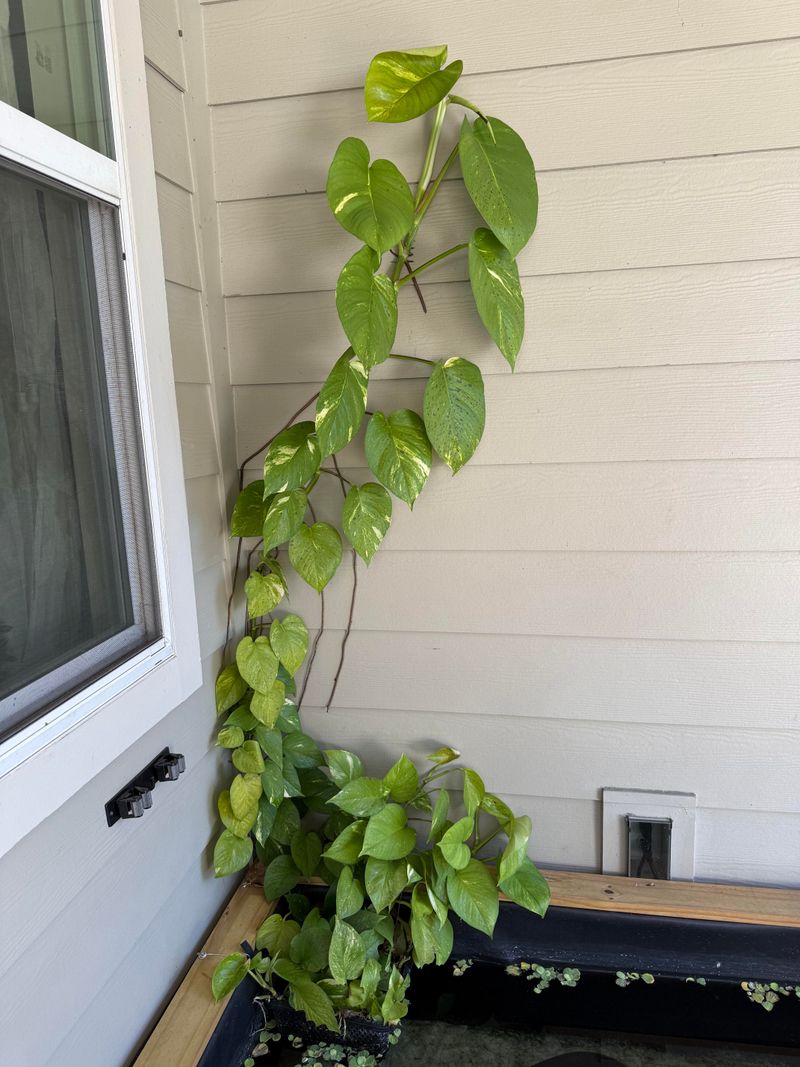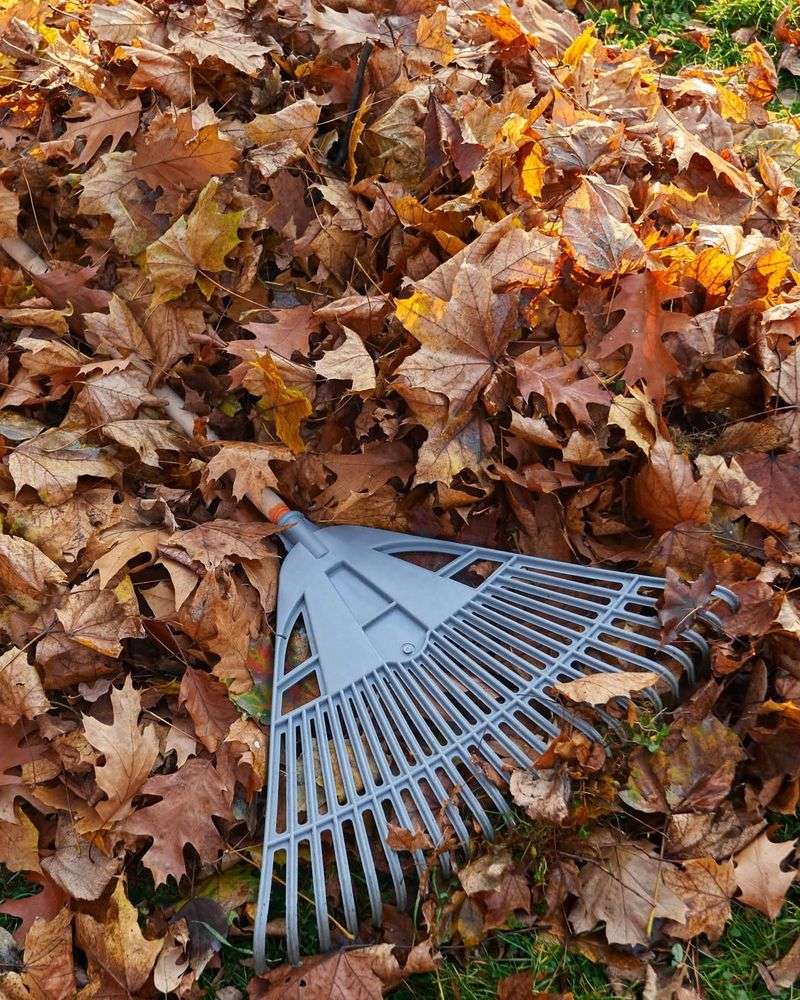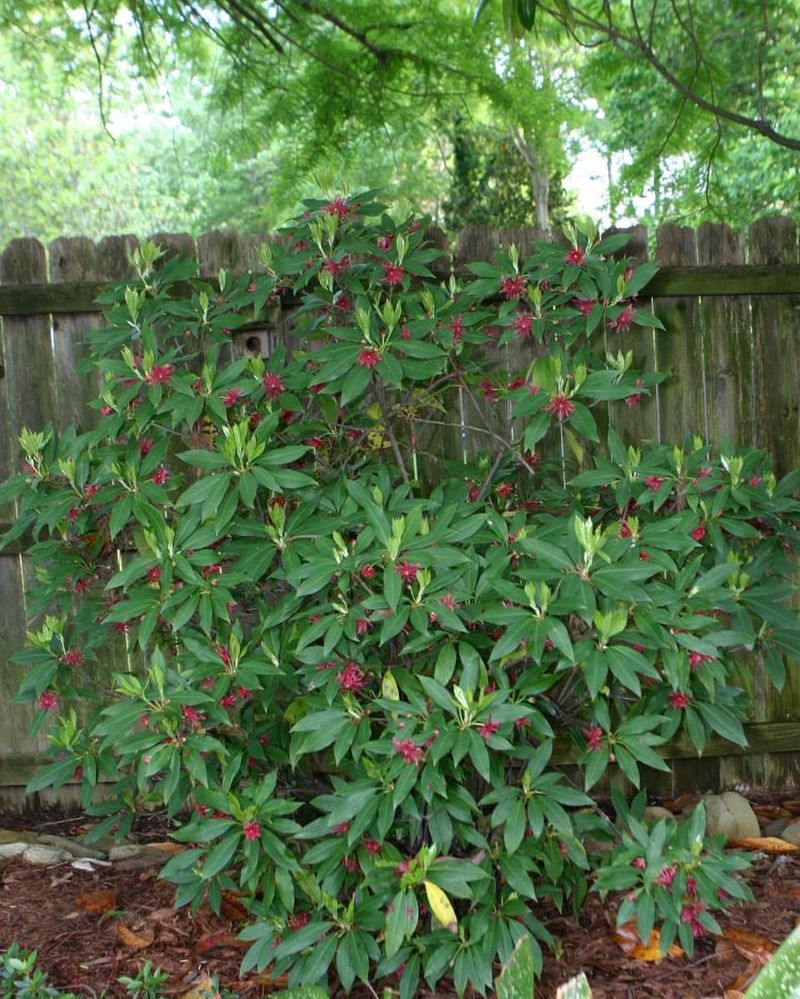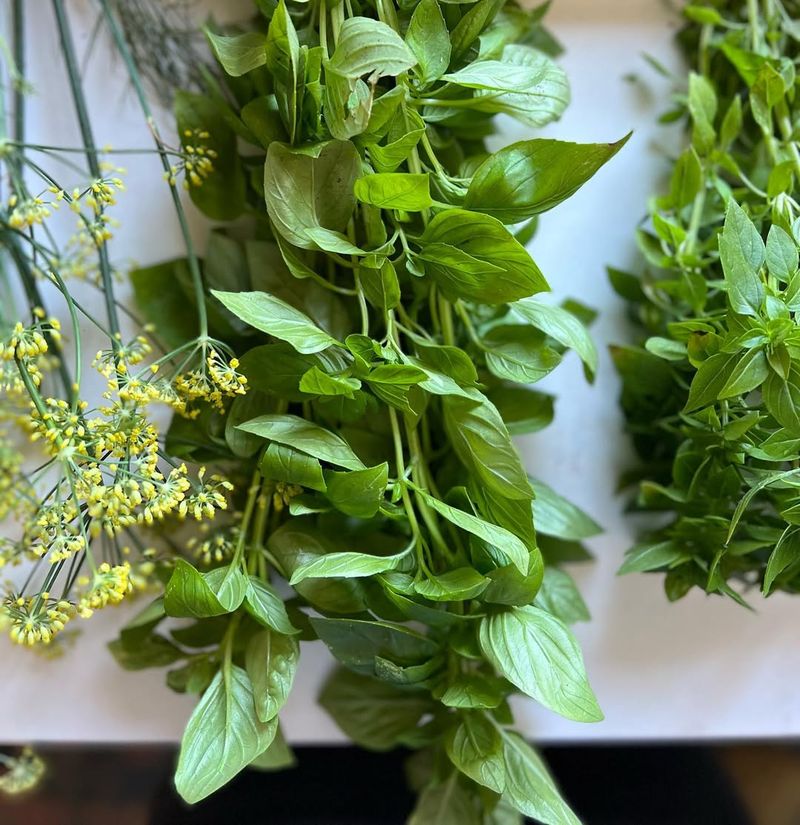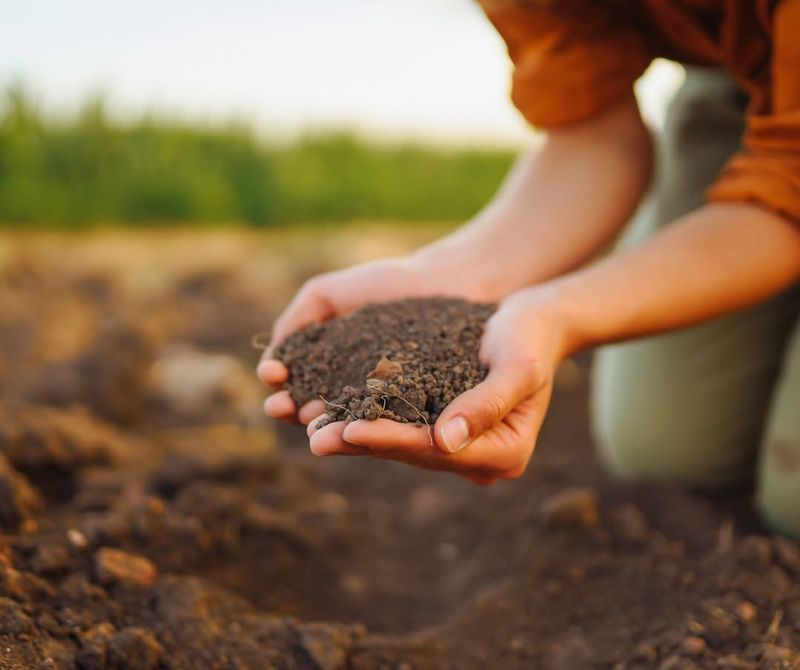November marks a special transition in Florida gardens, bringing cooler temperatures and the perfect opportunity to refresh your outdoor spaces. This month offers ideal conditions for planting, pruning, and preparing beds for the vibrant growing season ahead.
Whether you’re tending vegetables, flowers, or shrubs, these essential tasks will help your garden thrive through winter and beyond.
1. Plant Cool-Season Vegetables
Cool weather vegetables absolutely love Florida’s November climate. Lettuce, broccoli, cauliflower, and carrots all flourish when temperatures drop into the comfortable range.
Your garden beds should receive plenty of morning sun and have well-draining soil enriched with compost. Space plants according to package directions to prevent overcrowding.
Water newly planted seedlings regularly until they establish strong roots. Most cool-season crops in Florida will be ready to harvest within 60 to 90 days, giving you fresh produce all winter long.
2. Fertilize Your Lawn One Last Time
Grass needs one final nutrient boost before winter arrives. St. Augustine, Bahia, and other warm-season lawns benefit from a light application of slow-release fertilizer this month.
Choose a formula with lower nitrogen content to avoid stimulating excessive growth that frost could damage. Apply fertilizer evenly across your lawn using a spreader for consistent coverage.
Florida lawns will slow their growth during cooler months but still need nutrients to maintain healthy roots and prepare for spring’s vigorous growing season ahead.
3. Prune Roses For Winter Blooms
Roses in Florida enjoy a second blooming period during the cooler months. Remove dead or diseased canes first, cutting them back to healthy wood with clean, sharp pruners.
Shape your bushes by trimming back about one-third of their height, making cuts at a 45-degree angle just above outward-facing buds. This encourages air circulation and prevents fungal diseases.
After pruning, apply a balanced fertilizer to support new growth. Your roses will reward you with gorgeous flowers throughout Florida’s mild winter season.
4. Divide And Transplant Perennials
Overgrown perennials benefit tremendously from division during November’s mild weather. Daylilies, irises, and ornamental grasses respond especially well to this rejuvenating process.
Dig up entire clumps carefully, then separate them into smaller sections with healthy roots attached. Replant divisions immediately at the same depth they were growing before.
Water thoroughly after transplanting to help roots settle into their new locations. Florida’s cooler November temperatures reduce transplant shock, giving perennials time to establish before spring’s heat returns with full force.
5. Mulch Garden Beds Generously
A thick layer of organic mulch protects plant roots and conserves precious moisture throughout the drier winter months. Spread two to three inches of pine bark, wood chips, or shredded leaves around plants.
Keep mulch pulled back slightly from plant stems and tree trunks to prevent rot and pest problems. Fresh mulch also suppresses weeds that try to invade during Florida’s mild winters.
As mulch breaks down over time, it enriches your soil with valuable organic matter that improves drainage and feeds beneficial microorganisms living underground.
6. Start Planting Annuals For Color
Pansies, petunias, snapdragons, and dianthus bring cheerful color to Florida landscapes throughout the winter months. These hardy annuals thrive in November’s cooler temperatures and won’t wilt in summer’s heat.
Prepare planting areas by loosening soil and mixing in compost for better drainage. Space plants according to their mature size to allow proper air circulation.
Water new transplants regularly for the first two weeks until roots grow established. Your Florida garden will stay colorful and inviting even during the coolest months of the year ahead.
7. Check Irrigation Systems Thoroughly
Rainfall decreases significantly during Florida’s dry season, making efficient irrigation crucial for plant health. Walk through your entire system checking for broken heads, leaks, and clogged emitters that waste water.
Adjust sprinkler timers to run less frequently since cooler temperatures mean slower evaporation rates. Most Florida gardens need watering only two or three times weekly in November.
Repair any damaged components now before the busy spring season arrives. Properly functioning irrigation keeps plants healthy while conserving water and reducing your utility bills throughout winter.
8. Protect Tender Plants From Cold
Even Florida experiences occasional cold snaps that can damage tropical plants and tender vegetables. Keep frost cloth, old sheets, or blankets handy for covering sensitive plants when temperatures threaten to drop below 40 degrees.
Move container plants closer to your house or under eaves where radiant heat provides extra protection. Avoid using plastic directly on foliage since condensation can cause damage.
Remove covers once morning temperatures rise above freezing. Most Florida cold spells pass quickly, but being prepared prevents heartbreaking losses in your carefully tended garden spaces.
9. Clean Up Fallen Leaves And Debris
Even though Florida doesn’t experience dramatic fall foliage, leaves still accumulate under trees and in garden beds. Rake them up regularly to prevent fungal diseases and pest hiding spots from developing.
Add collected leaves to your compost pile where they’ll decompose into valuable soil amendment. Remove dead plant material from vegetable beds to eliminate overwintering disease spores.
A tidy garden looks more attractive and functions better too. Florida’s mild November weather makes outdoor cleanup tasks comfortable compared to summer’s oppressive heat and humidity levels.
10. Plant Trees And Shrubs Now
November offers ideal conditions for establishing new woody plants in Florida landscapes. Cooler temperatures and increased rainfall help roots grow strong before next summer’s stress arrives.
Dig planting holes twice as wide as root balls but no deeper than the original container. Backfill with native soil rather than amendments to encourage roots to spread outward.
Water deeply after planting and maintain consistent moisture for several months. Trees and shrubs planted during Florida’s fall season establish faster and require less supplemental watering once established successfully.
11. Harvest And Store Herbs
Herb gardens reach their peak productivity during Florida’s comfortable November weather. Basil, rosemary, thyme, and parsley all grow vigorously when temperatures moderate after summer’s intense heat.
Harvest herbs in the morning after dew dries but before afternoon sun wilts tender leaves. Cut stems back by one-third to encourage bushier growth and continued production.
Dry excess herbs by hanging bundles upside down in a warm, airy location. Stored properly, your Florida-grown herbs will flavor meals throughout winter while plants continue producing fresh leaves outside.
12. Test And Amend Garden Soil
Soil testing reveals nutrient deficiencies and pH imbalances that limit plant growth. November gives you time to correct problems before spring’s busy planting season begins.
Collect samples from several garden areas and send them to your local Florida extension office for comprehensive analysis. Results typically return within two weeks with specific amendment recommendations.
Add lime to raise pH or sulfur to lower it based on test results. Work in compost and organic matter to improve soil structure. Healthy soil in Florida produces stronger plants that resist pests and diseases naturally.

